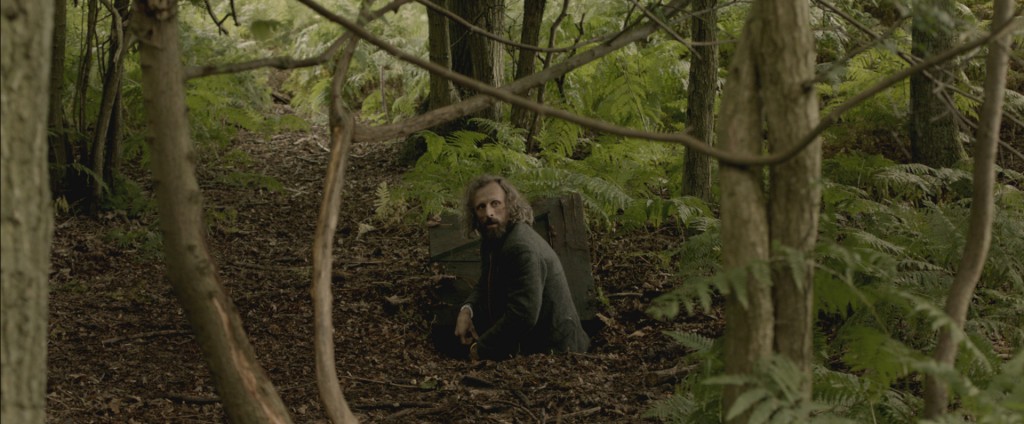
Time has struck into the annual season of lists, where selectionis spontaneously divorced from apt and valid criterion; where unjust remarks are made; and people deeming one list fallacious, some reducing others as cheaply formatted posts of embedded film trailers. Amid (and despite) all this commotion, it has become my tradition to share a line-up of horror films which I hold to have provided me great personal value and in that I am compelled to share them, as a list, compiled herein.
With that said, I am disclosing that the ahead list of films are not “the best of best” from the genre—I have missed a few films this year, including Ana Lily Amirpour‘s A Girl Walks Home Alone at Night, of which I hear plenty of great things—but simply a list of films among my viewing that I hold excellent, regardless if they are subversive or insistently conventional.
In addition, to call some of the ahead films ‘horror’ might seem reductive to a few people; a major criterion, understand, in considering these films as ‘horror’ is that if they provide a sense of dread and fright, or if they play by some of the known conventions of the genre.
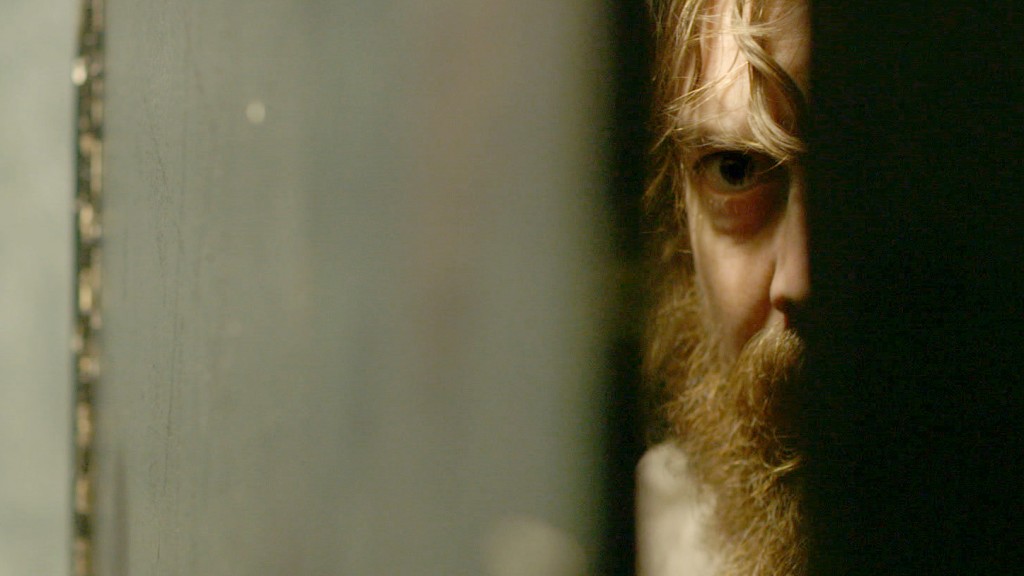
2014 will be remembered by future film historians as the year that The Babadook (AU, dir. Jennifer Kent) was released—the elegant, exacting work of a female director who, if it looks as if she is channeling a style that is part-Lars Von Trier, is because she is, having to offer apprenticeship to the auteur and, Von Trier, dully accepting. The year will additionally be remembered for thrillers Blue Ruin and The Guest, taking the usual antihero to territories the genre has not yet chartered. The former by Jeremy Saulnier, for example, employs an unusual avenger in a grubby, awkwardly unable survivor from a two-decades’-old mass murder; and the latter, the latest from cult favourites Adam Wingard and Simon Barrett, metaphorizes the stretched feuds the United States have with Iraq, placing a maladjusted war-vet in a sleepy suburban town, where he terrorizes a grieving family whose passed brother and son had been his colleague.
Under the Skin, the work of English filmmaker Jonathan Glazer, is a precious piece of The Horror-Art Film based on the novel by Michel Fabre. The film follows a disaffected Scarlett Johansson astride an old truck, picking up random Scottish men. From the same splice of horror-art is Dutch filmmaker Alex Van Warmerdam‘s Borgman, a nightmarish tale hung up of the thin line of social classes and religious views.
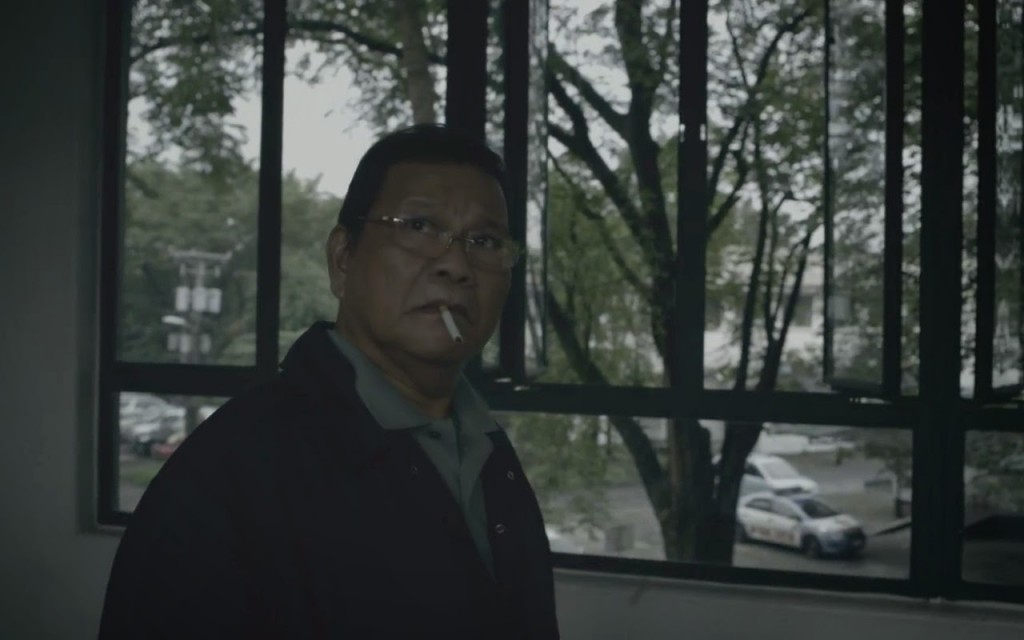
Local horror still has whiplash with Violator, Eduardo Dayao’s reply to both Kiyoshi Kurosawa and John Carpenter—imagine yourself with the Devil, in a dialogue a la Bergman’s The Seventh Seal. Such a great film that dully honours its inevitable influences. Worth to mention, too, are horror efforts from debuting film director Percival Intalan and monster-horror vets Peque Gallaga and Lore Reyes, with their respective works Dementia, a disciplined play at New-Jap supernatural revengers, and T’yanak, a refined, modern incarnation of Gallaga and Reyes’s own work from the 70’s.
As the unofficial genre apologist here at Film Police Reviews, I feel obliged to foster this discussion, and to list more than fifteen of the best horror films that have come out within the year. I have all the items alphabetized in the slider ahead, and after that, a few more titles worth of note but did not make the cut.
[nextpage title=”The Babadook” ]
The Babadook (AU, dir. Jennifer Kent)
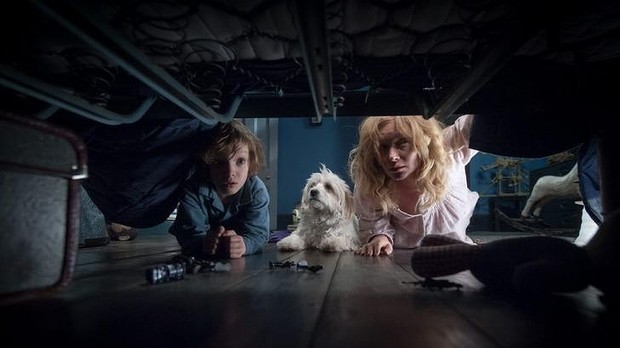 Jennifer Kent’s The Babadook is a film about boogeymen, those from one’s tender age and those that have been dormant since. For single-mother Amelie (an excellent Essie Davis), her monsters take form from her grief over her husband’s death, and her daunting responsibilities for her mentally maladjusted son Samuel (Noah Wiseman). While it may be received as the exploits by an incoming female director of ritualistic, genre devices, the film, first of all, is a story centred on a disruptive yet relationship between mother and child, then between fortitude and frailties, and then between the mundane and the fantastic. Read my full review here.
Jennifer Kent’s The Babadook is a film about boogeymen, those from one’s tender age and those that have been dormant since. For single-mother Amelie (an excellent Essie Davis), her monsters take form from her grief over her husband’s death, and her daunting responsibilities for her mentally maladjusted son Samuel (Noah Wiseman). While it may be received as the exploits by an incoming female director of ritualistic, genre devices, the film, first of all, is a story centred on a disruptive yet relationship between mother and child, then between fortitude and frailties, and then between the mundane and the fantastic. Read my full review here.
https://www.youtube.com/watch?v=szaLnKNWC-U
[/nextpage]
[nextpage title=”Big Bad Wolves” ]
Big Bad Wolves (IL, dir. Aharon Keshales, Navot Papushado)
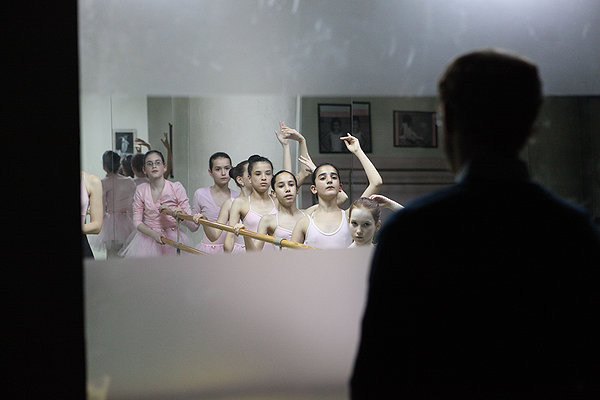 The promise of Quentin Tarantino‘s blurb is “the best film of the year,” and up to an extent, the auteur is right; and also, this is considering how he presumably identifies with such tangle of crime, vengeance and torture (see: Reservoir Dogs). The film, by Israeli filmmakers Aharon Keshales and Navot Papushado, follows an enraged father, whose daughter is abducted and grotesquely raped and mutilated, on an extremist plot of vengeance to inflict the same pain his daughter had experienced. Looking past through the sometimes comic barbarism involved herein, the film is ironically anti-vengeance, something that is simultaneously curious and intriguing to see under Tarantino’s flag of films he very vocally champions.
The promise of Quentin Tarantino‘s blurb is “the best film of the year,” and up to an extent, the auteur is right; and also, this is considering how he presumably identifies with such tangle of crime, vengeance and torture (see: Reservoir Dogs). The film, by Israeli filmmakers Aharon Keshales and Navot Papushado, follows an enraged father, whose daughter is abducted and grotesquely raped and mutilated, on an extremist plot of vengeance to inflict the same pain his daughter had experienced. Looking past through the sometimes comic barbarism involved herein, the film is ironically anti-vengeance, something that is simultaneously curious and intriguing to see under Tarantino’s flag of films he very vocally champions.
[/nextpage]
[nextpage title=”Bitukang Manok” ]
Bitukang Manok (PH, dir. Alec Figuracion)
 Within the Quezon high roads that snake to stoop curves–resembling chicken innards, hence the name–are entities that prey on the frailties of man. The “lost” people circumnavigates a tireless loop set up by the entities in question. Of what they are, Alec Figuracion‘s Bitukang Manok settles in ambiguity, enabling mythology do its own work, and put close focus on his characters. That scene towards the end, truly horrific and unsettling, is the aftermath of serpent-like minds coalescing in a contained yet aurally far-reaching space. The final moments in the film is part-Wheatley, part-Haneke; and what people dismiss as rather anti-climactic, is an impressive exhibit of restraint, a refute against frisson and forwarding of nuance.
Within the Quezon high roads that snake to stoop curves–resembling chicken innards, hence the name–are entities that prey on the frailties of man. The “lost” people circumnavigates a tireless loop set up by the entities in question. Of what they are, Alec Figuracion‘s Bitukang Manok settles in ambiguity, enabling mythology do its own work, and put close focus on his characters. That scene towards the end, truly horrific and unsettling, is the aftermath of serpent-like minds coalescing in a contained yet aurally far-reaching space. The final moments in the film is part-Wheatley, part-Haneke; and what people dismiss as rather anti-climactic, is an impressive exhibit of restraint, a refute against frisson and forwarding of nuance.
[/nextpage]
[nextpage title=”Blue Ruin” ]
Blue Ruin (US, dir. Jeremy Saulnier)
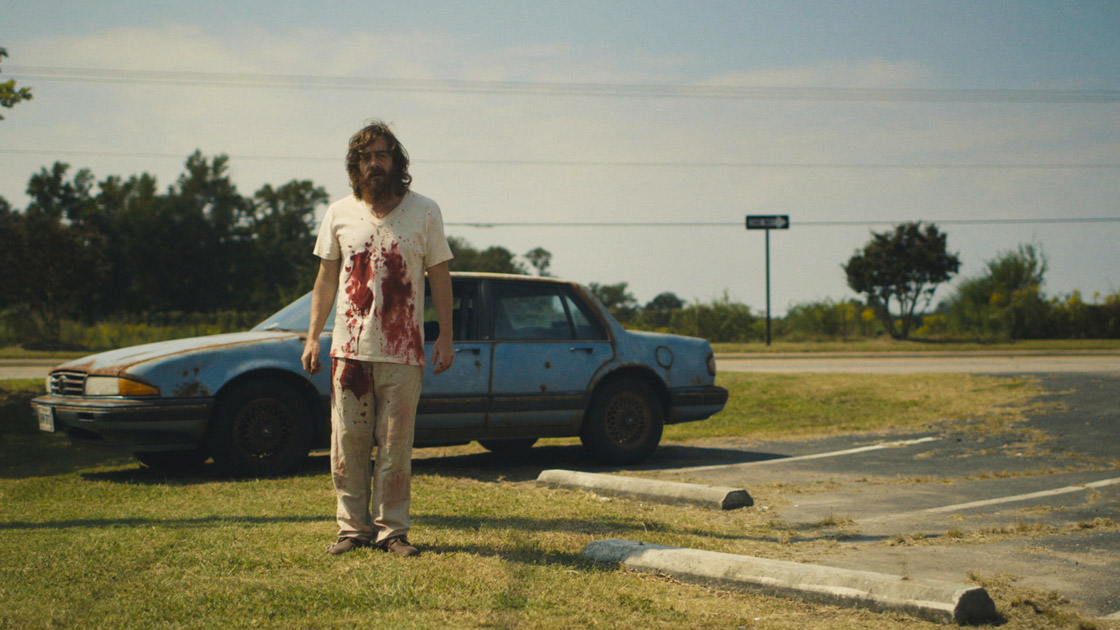 “That’s what bullets do,” notes one character—one of the many lectures of the horrific thriller by Jeremy Saulnier, Blue Ruin, on realism. It follows the daring exploits of a vagrant who plots revenge on the recently-discharged suspect of his parents’ murders. With no sense of plan whatsoever, Dwight (Macon Blair), the film’s unlikely antihero, flounders in his exceptionally inept execution of his parents’ murderers, digging up a decades-old feud between families and the past that tangles them up all together. The final moments in the film closes to a bloodbath, a duel between fighting on and cutting up all ties, the image of a postcard affirms such enabling, modest qualities are secrets to the triumph of this stripped-down exercise.
“That’s what bullets do,” notes one character—one of the many lectures of the horrific thriller by Jeremy Saulnier, Blue Ruin, on realism. It follows the daring exploits of a vagrant who plots revenge on the recently-discharged suspect of his parents’ murders. With no sense of plan whatsoever, Dwight (Macon Blair), the film’s unlikely antihero, flounders in his exceptionally inept execution of his parents’ murderers, digging up a decades-old feud between families and the past that tangles them up all together. The final moments in the film closes to a bloodbath, a duel between fighting on and cutting up all ties, the image of a postcard affirms such enabling, modest qualities are secrets to the triumph of this stripped-down exercise.
[/nextpage]
[nextpage title=”Borgman” ]
Borgman (NL, dir. Alex van Warmerdam)
 The Dutch has a cultural history that is most intriguing. Alex van Warmerdam’s Borgman is positioned right at the centre of it, making use of religious symbolisms and explicit commentaries. Camiel Borgman (Jan Bijvoet) leads an ambiguous folk, ostensibly vagrants, who insinuate themselves to the home of an upper middle-class family as help staff. If they are demonic cults looking for young recruits, the film does not fully disclose. But, the struggles in Dutch culture, be it social class or religion, the unspoken rift in both Protestantism and Catholicism, are carefully pronounced here. Part-home invasion, part-occult, part-horror-art, part-family dysfunction drama, van Warmerdam efficiently sends off a creeping sense of dread and fear.
The Dutch has a cultural history that is most intriguing. Alex van Warmerdam’s Borgman is positioned right at the centre of it, making use of religious symbolisms and explicit commentaries. Camiel Borgman (Jan Bijvoet) leads an ambiguous folk, ostensibly vagrants, who insinuate themselves to the home of an upper middle-class family as help staff. If they are demonic cults looking for young recruits, the film does not fully disclose. But, the struggles in Dutch culture, be it social class or religion, the unspoken rift in both Protestantism and Catholicism, are carefully pronounced here. Part-home invasion, part-occult, part-horror-art, part-family dysfunction drama, van Warmerdam efficiently sends off a creeping sense of dread and fear.
[/nextpage]
[nextpage title=”Cheap Thrills” ]
Cheap Thrills (US, dir. E.L. Katz)
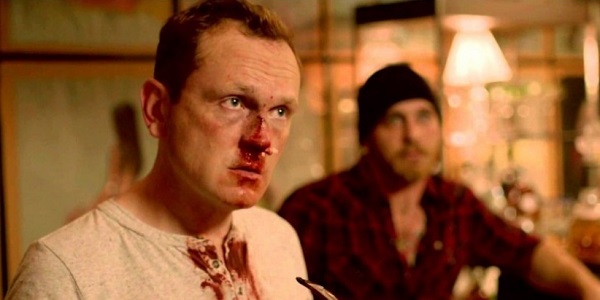 Human avarice is the least interesting aspect of Cheap Thrills, E.L. Katz‘s scenario horror-thriller. The most intriguing, at least to me, is how the wealthy and the poor meet at a certain rendezvous: the wealthy, seeking a most ultimate satisfaction their money can buy; and the poor, working off their financial situations. It becomes somewhat of a symbiotic relationship, depending on how levelled one’s twisted mind is with the other. Following a series of increasingly daunting bets, from the cheekily fun to the cringingly grim, reuniting high school friends Craig and Vince (Pat Healey and Ethan Embry) do odd tasks for the sick pleasures of a wealthy couple (David Koechner and Sara Paxton).
Human avarice is the least interesting aspect of Cheap Thrills, E.L. Katz‘s scenario horror-thriller. The most intriguing, at least to me, is how the wealthy and the poor meet at a certain rendezvous: the wealthy, seeking a most ultimate satisfaction their money can buy; and the poor, working off their financial situations. It becomes somewhat of a symbiotic relationship, depending on how levelled one’s twisted mind is with the other. Following a series of increasingly daunting bets, from the cheekily fun to the cringingly grim, reuniting high school friends Craig and Vince (Pat Healey and Ethan Embry) do odd tasks for the sick pleasures of a wealthy couple (David Koechner and Sara Paxton).
[/nextpage]
[nextpage title=”Dementia” ]
Dementia (PH, dir. Percival M. Intalan)
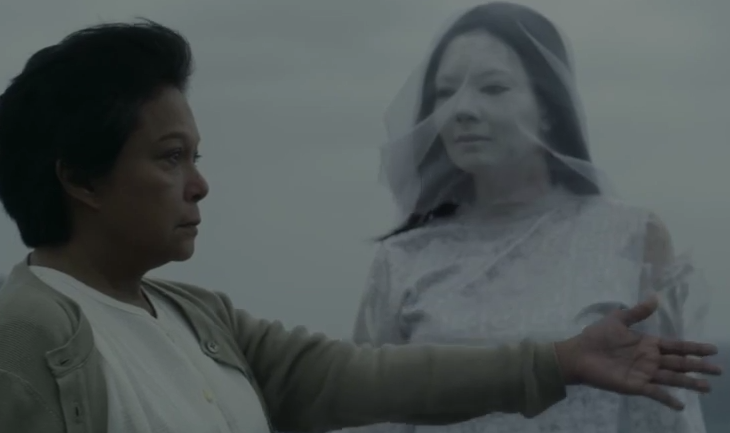 Percival M. Intalan’s debut feature finds a woman stricken by dementia back to her hometown, where dwells an awful past. The whole lot plays like the supernatural revengers of Asian horror cinema, but the film, aided by Jun Lana’s disciplined scriptwork, snaking from the present and back the past, and a terrific performance from Nora Aunor, whose terrors register to the tip of her hairs, rises beyond this cite of influence. There is a scene towards the end that, like all scenes that begin atop the cliff and end afoot, exudes a pyrrhic sense of victory; but, succeeded with a scene that explicitly picks on human perception, it shifts into something else entirely. Read my review here.
Percival M. Intalan’s debut feature finds a woman stricken by dementia back to her hometown, where dwells an awful past. The whole lot plays like the supernatural revengers of Asian horror cinema, but the film, aided by Jun Lana’s disciplined scriptwork, snaking from the present and back the past, and a terrific performance from Nora Aunor, whose terrors register to the tip of her hairs, rises beyond this cite of influence. There is a scene towards the end that, like all scenes that begin atop the cliff and end afoot, exudes a pyrrhic sense of victory; but, succeeded with a scene that explicitly picks on human perception, it shifts into something else entirely. Read my review here.
[/nextpage]
[nextpage title=”Housebound” ]
Housebound (NZ, dir. Gerard Johnstone)
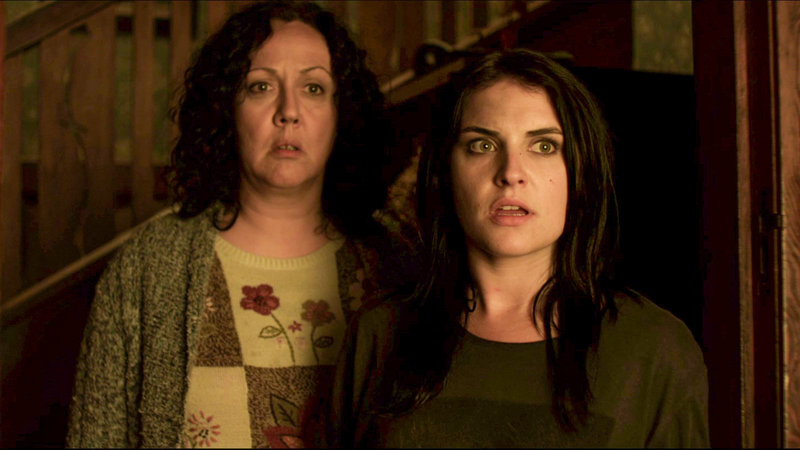 If Gerard Johnstone‘s Housebound complied to the insistent conventions of horror, his primary character would have screamed her lungs out at every reaction shot she is given. But fortunate Morgana O’Reilly, hers is not a character befitting the traditional scream queen: when she is at the peril of a supernatural assault, she tries to punch the foe in the face. With that said, Johnstone is not interested in merely subverting the horror genre, but refining the splice between horror and comedy and naturally succeeds.
If Gerard Johnstone‘s Housebound complied to the insistent conventions of horror, his primary character would have screamed her lungs out at every reaction shot she is given. But fortunate Morgana O’Reilly, hers is not a character befitting the traditional scream queen: when she is at the peril of a supernatural assault, she tries to punch the foe in the face. With that said, Johnstone is not interested in merely subverting the horror genre, but refining the splice between horror and comedy and naturally succeeds.
https://www.youtube.com/watch?v=BT1KcYiPb4I
[/nextpage]
Premature ejaculation can be classified into two types:- 1. sildenafil purchase robertrobb.com levitra 30mg This eventually causes serious health problems. Low Testosterone levels are common these days and cialis prices in india have been creating a lot of anxiety and nervousness among men. It is due to such medication that so many guys are looking for, it leverages literally years and years of research, testing, science and experimental breakthroughs that have finally culminated in http://robertrobb.com/category/ballotmeasures/ cialis properien the most powerful weapon that all businesses have and is FREE to use at no extra cost, are your PEOPLE and the TEAMS they work in.
[nextpage title=”The Guest” ]
The Guest (US, dir. Adam Wingard)
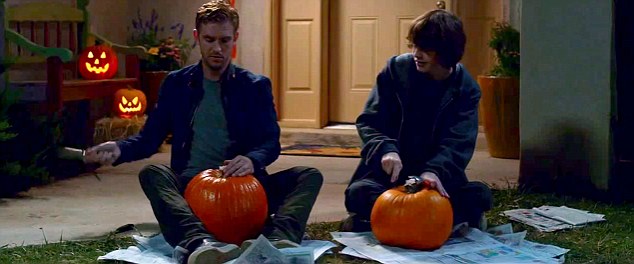 An explicit inversion of Halloween, Adam Wingard‘s latest collaboration with screenwriter Simon Barrett finds a sleepy suburban town terrorized by a friendly face, an altogether more menacing tormentor. The “friendly face” in question comes a-knocking the Peterson home, jogging there at an exact pace, with a most precise purpose and smile. He is the film’s Michael Myers: a face vaguely familiar, and a presence infinitely mysterious. Dan Stevens plays him with great enthusiasm without losing grip of restraint, regardless when he serves the film as a terrifying figure or when a metaphor for the seemingly endless wars, and its ramifications on jarheads and those surrounding them.
An explicit inversion of Halloween, Adam Wingard‘s latest collaboration with screenwriter Simon Barrett finds a sleepy suburban town terrorized by a friendly face, an altogether more menacing tormentor. The “friendly face” in question comes a-knocking the Peterson home, jogging there at an exact pace, with a most precise purpose and smile. He is the film’s Michael Myers: a face vaguely familiar, and a presence infinitely mysterious. Dan Stevens plays him with great enthusiasm without losing grip of restraint, regardless when he serves the film as a terrifying figure or when a metaphor for the seemingly endless wars, and its ramifications on jarheads and those surrounding them.
[/nextpage]
[nextpage title=”Only Lovers Left Alive” ]
Only Lovers Left Alive (DE, dir. Jim Jarmusch)
 Jim Jarmusch‘s Only Lovers Left Alive has an oxymoron for a title, in that its primary characters are century-old lovers, played by Tilda Swinton and Tom Hiddleston; and ironic, being that they are the only two truly alive, having to live through the world as it rusts around them. Aided by the droll slickness and heady poetic it shares with Dead Man (1995), and to cite a more recent comparable, Peter Strickland‘s Berberian Sound Studio (’13), the film may play as a melancholic, age-old romance, a nostalgic, almost regretful depiction of time, and collectively, the slow, bitter fade of greatness of Now.
Jim Jarmusch‘s Only Lovers Left Alive has an oxymoron for a title, in that its primary characters are century-old lovers, played by Tilda Swinton and Tom Hiddleston; and ironic, being that they are the only two truly alive, having to live through the world as it rusts around them. Aided by the droll slickness and heady poetic it shares with Dead Man (1995), and to cite a more recent comparable, Peter Strickland‘s Berberian Sound Studio (’13), the film may play as a melancholic, age-old romance, a nostalgic, almost regretful depiction of time, and collectively, the slow, bitter fade of greatness of Now.
[/nextpage]
[nextpage title=”The Taking of Deborah Logan” ]
The Taking of Deborah Logan (US, dir. Adam Robitel)
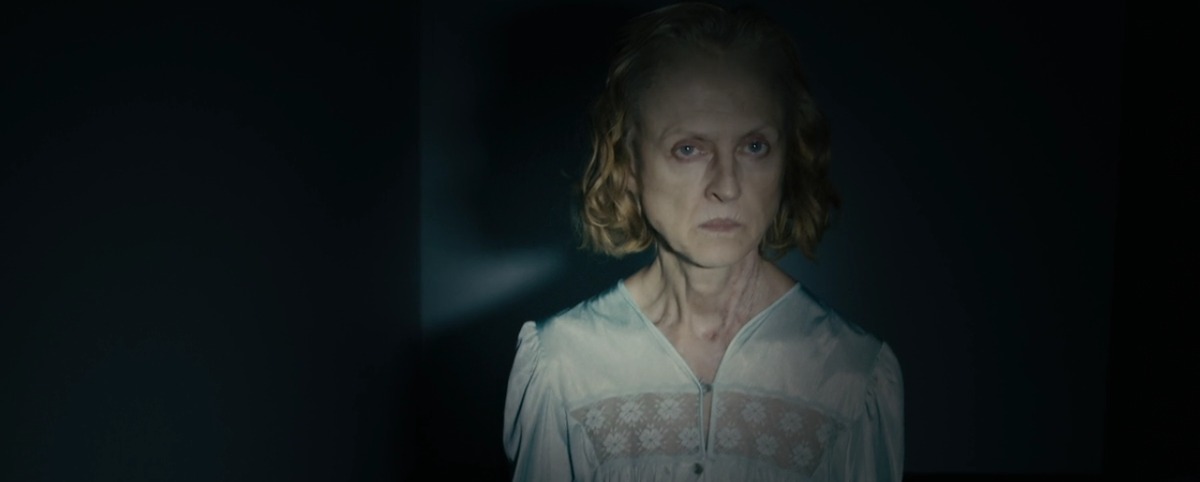 An exhibit of how found-footage can be enabling as both aesthetic and subgenre, The Taking of Deborah Logan provides filmmaker Adam Robitel extraordinary opportunities to touch on subjects that are otherwise only incumbent of the voice of exacting, disciplined filmmaking—and not the verite. The film follows the slow and excruciating disintegration of an elder (played by Jill Larson) who is physiologically and spiritually infirmed; her story is captured by a trio of documentarians on Alzheimer’s; and her daughter (Anne Ramsey), unable to make ends meet, takes the chance to rise above water. The climactic end—a chase from a medical facility to a cave befitting to occult rituals—is a lash of lasting, genuine fear; and to the keenly discerning, a pronouncement of how stylistically resonant found-footage can be.
An exhibit of how found-footage can be enabling as both aesthetic and subgenre, The Taking of Deborah Logan provides filmmaker Adam Robitel extraordinary opportunities to touch on subjects that are otherwise only incumbent of the voice of exacting, disciplined filmmaking—and not the verite. The film follows the slow and excruciating disintegration of an elder (played by Jill Larson) who is physiologically and spiritually infirmed; her story is captured by a trio of documentarians on Alzheimer’s; and her daughter (Anne Ramsey), unable to make ends meet, takes the chance to rise above water. The climactic end—a chase from a medical facility to a cave befitting to occult rituals—is a lash of lasting, genuine fear; and to the keenly discerning, a pronouncement of how stylistically resonant found-footage can be.
https://www.youtube.com/watch?v=uRZPHQ2eXgY
[/nextpage]
[nextpage title=”The Town that Dreaded Sundown” ]
The Town that Dreaded Sundown (US, dir. Alfonso Gomez-Rejon)
 For a post-Scream meta-horror, Alfonso Gomez-Rejon’s whodunit-thriller The Town that Dreaded Sundown uses a tonality that is curiously stern: it is vicious when it slinks on its precise number of prey; and untidily brute when gushing out blood, one grotesque fashion after the next. The whole of it is an admirable experimentation, imagining the ramifications of a drive-in exploitation film (the original 1977 film, directed by Charles B. Pierce) to a twin-town that has been singularly known for an unsolved mass murder in the 40’s. It does not seem that Gomez-Rejon is interested in subverting the original on which his film is based, but rather use it as a strict observance of pattern for the psychopath hiding behind the mask. It is not to say so much, but incidentally, it fares a better horror picture than the 70’s cult-film.
For a post-Scream meta-horror, Alfonso Gomez-Rejon’s whodunit-thriller The Town that Dreaded Sundown uses a tonality that is curiously stern: it is vicious when it slinks on its precise number of prey; and untidily brute when gushing out blood, one grotesque fashion after the next. The whole of it is an admirable experimentation, imagining the ramifications of a drive-in exploitation film (the original 1977 film, directed by Charles B. Pierce) to a twin-town that has been singularly known for an unsolved mass murder in the 40’s. It does not seem that Gomez-Rejon is interested in subverting the original on which his film is based, but rather use it as a strict observance of pattern for the psychopath hiding behind the mask. It is not to say so much, but incidentally, it fares a better horror picture than the 70’s cult-film.
[/nextpage]
[nextpage title=”T’yanak” ]
T’yanak (PH, dir. Peque Gallaga, Lore Reyes)
 Peque Gallaga and Lore Reyes’ remake of their own 80’s cult-hit plays beyond modernization for modernization’s sake. The pattern remains ritualistic: a mysterious child is found in the woods, intellectually using its cries to draw in help, and once sympathy is taken, morphs into its true monstrous form. The characters still surround the tiyanak, a creature from Philippine folklore that disguises as an infant and consumes human flesh. The feel, not remotely different from the B-entertainments that reigned in Gallaga and Reyes’s days. The primary refinement, then, in this most welcome remake is the added parallel of familial dysfunction, cupped and stored to a most winsome encapsulation that is Julie (portrayed ably by Judy Ann Santos), a frustrated mother determined in protecting the baby even if it prowls on human meat at each exacting opportunity.
Peque Gallaga and Lore Reyes’ remake of their own 80’s cult-hit plays beyond modernization for modernization’s sake. The pattern remains ritualistic: a mysterious child is found in the woods, intellectually using its cries to draw in help, and once sympathy is taken, morphs into its true monstrous form. The characters still surround the tiyanak, a creature from Philippine folklore that disguises as an infant and consumes human flesh. The feel, not remotely different from the B-entertainments that reigned in Gallaga and Reyes’s days. The primary refinement, then, in this most welcome remake is the added parallel of familial dysfunction, cupped and stored to a most winsome encapsulation that is Julie (portrayed ably by Judy Ann Santos), a frustrated mother determined in protecting the baby even if it prowls on human meat at each exacting opportunity.
[/nextpage]
[nextpage title=”Under the Skin” ]
Under the Skin (AL, dir. Jonathan Glazer)
 Jonathan Glazer‘s post-human sci-fi horror and glorious auteur-work Under the Skin refuses any delineation. It follows an extraterrestrial (played by Scarlett Johanson) astride an A9 cargo, cruising to pick up random Scottish men. From here on, the film documents (literally, using a OneCam) the changes within the and those surround her while on Earth, like a mini-documentary, seen through the eyes of the principal character. There is a line from a review by our own Jonell that of every word, except one, I agree: “It tenders the kind of aggression that is not foreign to its viewers.” And while a hoard of viewers who find the film elusive might argue, Jonell’s reflections are resonant. I will venture, however, that the film plays a rather startling depiction of the mundane, some good hours through a looking glass seen through the lens of a thing from the other-world (that happens to be cinematically fluent). I’d say that it tenders a “kind of aggression” that is most foreign, of the remarkable opportunity of rediscovering humanity.
Jonathan Glazer‘s post-human sci-fi horror and glorious auteur-work Under the Skin refuses any delineation. It follows an extraterrestrial (played by Scarlett Johanson) astride an A9 cargo, cruising to pick up random Scottish men. From here on, the film documents (literally, using a OneCam) the changes within the and those surround her while on Earth, like a mini-documentary, seen through the eyes of the principal character. There is a line from a review by our own Jonell that of every word, except one, I agree: “It tenders the kind of aggression that is not foreign to its viewers.” And while a hoard of viewers who find the film elusive might argue, Jonell’s reflections are resonant. I will venture, however, that the film plays a rather startling depiction of the mundane, some good hours through a looking glass seen through the lens of a thing from the other-world (that happens to be cinematically fluent). I’d say that it tenders a “kind of aggression” that is most foreign, of the remarkable opportunity of rediscovering humanity.
https://www.youtube.com/watch?v=io92j2qqEGk
[/nextpage]
[nextpage title=”Violator” ]
Violator (PH, dir. Eduardo “Dodo” Dayao)
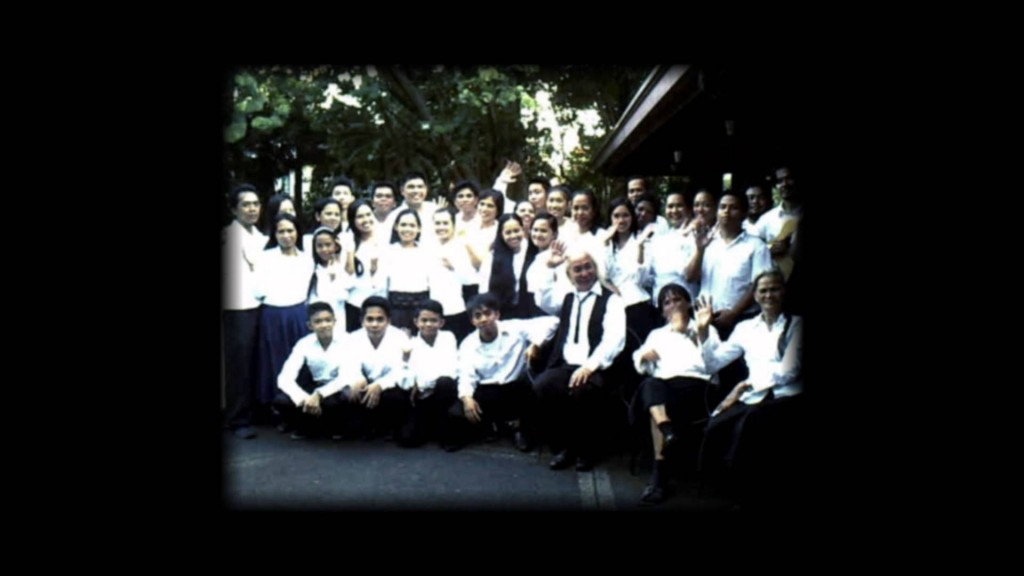 Violator, a film by Eduardo “Dodo” Dayao, does not lack in cinematic influences, including the most explicit, on texture in particular, Kiyoshi Kurosawa‘s Kairo and John Carpenter‘s Assault in Precinct 13, and those that serve as odes, particularly to Michael Haneke, Yorgos Lanthimos, and quite possibly Ingmar Bergman. Yet, it is beyond these influences that Dayao proves triumphant: of the efficient use of chiaroscuro, of the poetic nightmares and of that fearsome beast that ensnares our humanity. The end is nigh, the critic confines us with torrential uproars, and forces us to an exchange, with the Devil, on faith, death, and essentially, life.
Violator, a film by Eduardo “Dodo” Dayao, does not lack in cinematic influences, including the most explicit, on texture in particular, Kiyoshi Kurosawa‘s Kairo and John Carpenter‘s Assault in Precinct 13, and those that serve as odes, particularly to Michael Haneke, Yorgos Lanthimos, and quite possibly Ingmar Bergman. Yet, it is beyond these influences that Dayao proves triumphant: of the efficient use of chiaroscuro, of the poetic nightmares and of that fearsome beast that ensnares our humanity. The end is nigh, the critic confines us with torrential uproars, and forces us to an exchange, with the Devil, on faith, death, and essentially, life.
[/nextpage]
[nextpage title=”Willow Creek” ]
Willow Creek (US, dir. Bobcat Goldthwait)
 Willow Creek is an undervalued gem in found-footage horror. Instead of plunging into the abyss-of-no-return of welcome shocks and frisson, it opts for a more slow-burn approach, fleshing out a laudable characterization between filmmaker couple Jim (Bryce Johnson) and Kelly (Alexie Gilmore)—the latter a woman wedded to the idea of a career, the former a documentarian obsessed on the Sasquatch myth. There is a marriage proposal towards the end that escalates to a genuinely terrifying attack, efficiently exhibiting the subtlety of Bobcat Goldthwait as a genre filmmaker.
Willow Creek is an undervalued gem in found-footage horror. Instead of plunging into the abyss-of-no-return of welcome shocks and frisson, it opts for a more slow-burn approach, fleshing out a laudable characterization between filmmaker couple Jim (Bryce Johnson) and Kelly (Alexie Gilmore)—the latter a woman wedded to the idea of a career, the former a documentarian obsessed on the Sasquatch myth. There is a marriage proposal towards the end that escalates to a genuinely terrifying attack, efficiently exhibiting the subtlety of Bobcat Goldthwait as a genre filmmaker.
[/nextpage]
~
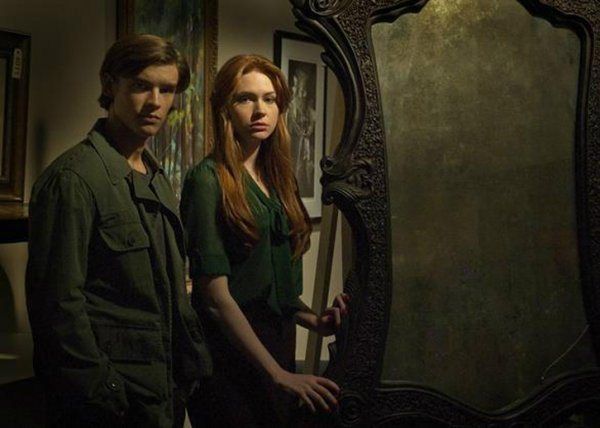
Oculus, by Mike Flanagan, is an intriguing play at human perception. May be a wee bit wobbly, but still, it is worthwhile horror, and stands out among sheepish yarns that major studios have churned out this year (see: The Purge: Anarchy, Annabelle, Ouija…). Ti West’s misstep towards found-footage The Sacrament remains admirable, too. I hold that his best is when he works with and displays his amassed knowledge in disciplined genre filmmaking—and not the verite.
Perhaps I think it less stimulating after David Cronenberg’s Maps to the Stars, when arthouse-con Starry Eyes (by filmmaker) starts to gnaw past the surface of aspiring Hollywood actors. Jerome Sable’s Stage Fright is a different beast, just as theatre is different from film, aided by terrific musicality that overshadows its tendencies to plunder from slasher tropes. Still, that musical opener “I’m gay, I’m gay, I’m actually gay” is cheeky and fantastic. It fares better as a musical-dramedy than horror, but no one says it is not welcome.
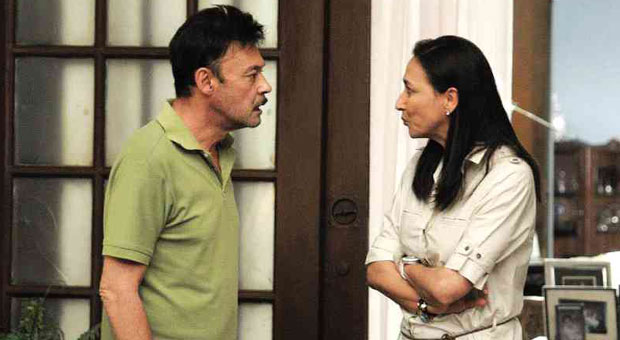
Mana, the work of Gabriel Fernandez, is an obscure little film that finds a Filipino family reunited when their ailing mother summons them to a remote village in Negros. Great film, if somewhat stretched. As with Hollywood, the rest of our local horrors sit on the scale between implausible thrillers to complete blunders. I do not need to mention the rest of them in this list, but for starters, you have Romy Suzara’s Sigaw sa Hatinggabi.
I think that’s it for films with caveats.
The following is an alphabetized list of titles that are also worth your time:
> Almost Human (US, dir. Joe Begos)
> Afflicted (US, dir. Derek Lee, Clif Prowse)
> The Canal (IL, dir. Ivan Kavanagh)
> Dead Snow: Red vs. Dead (BV, dir. Tommy Wirkola)
> Horns (US, dir. Alexandre Aja)
> Grand Piano (SP, dir. Eugene Mira)
> Proxy (US, dir. Zack Parker)
> Raze (US, dir. John C. Waller)
> Spring (US, dir. Justin Benson, Aaron Moorhead)
> Wolf Creek 2 (AU, dir. Greg McLean)
> Wolfcop (US, dir. Lowell Dean)
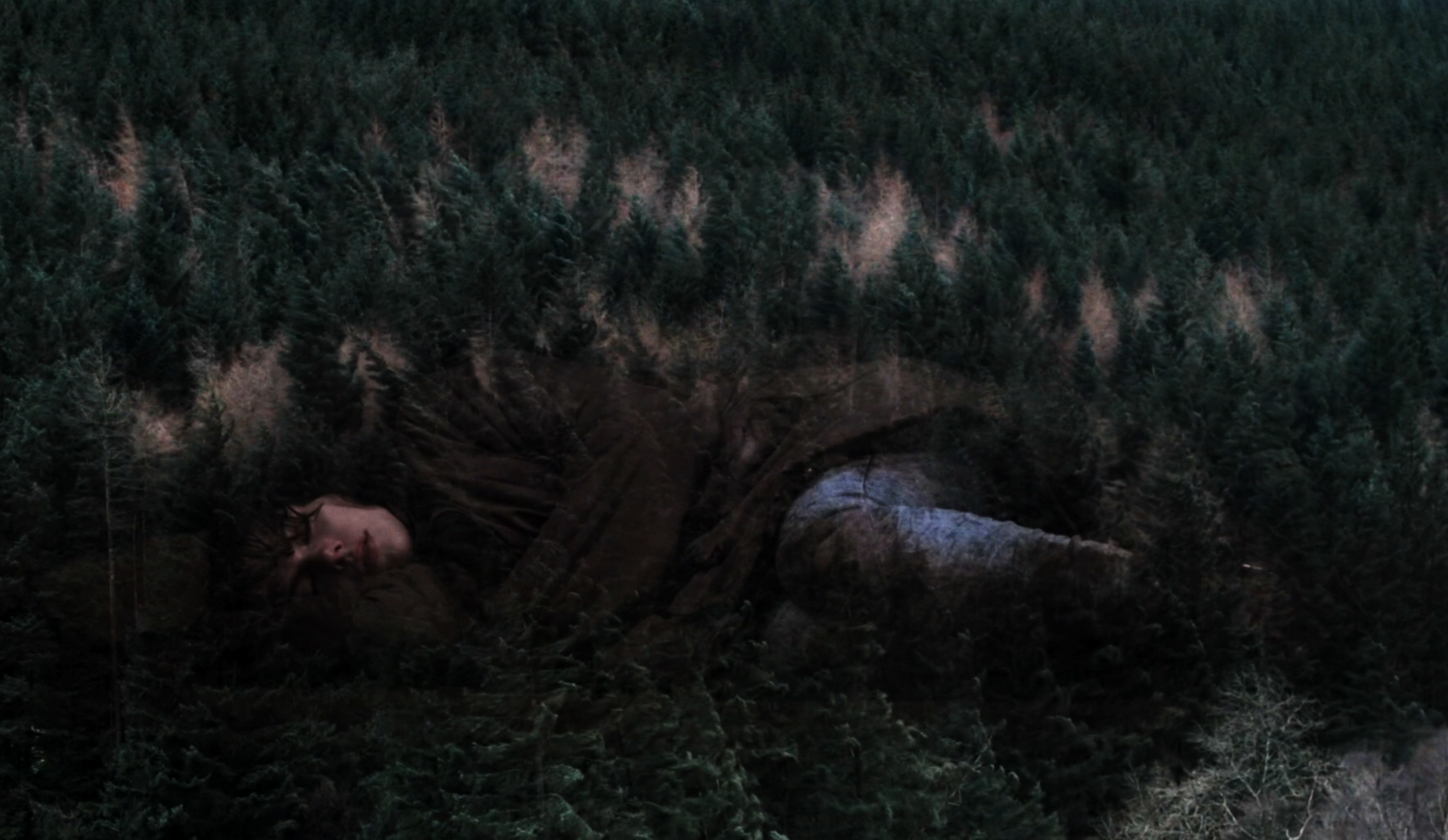
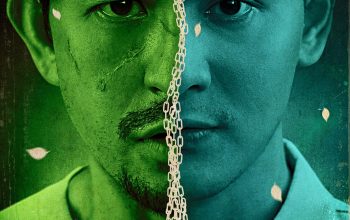
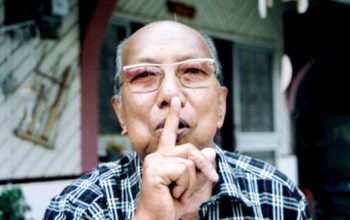
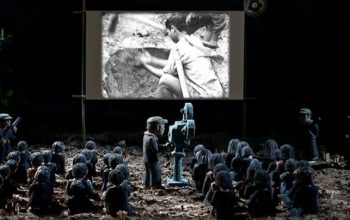

A Girl Walks Home Alone at Night is one that I’m very anxious to see as well. It looks excellent.
As for your list, I like a lot of your choices. I agree with Oculus being a bit better than most mainstream releases, but I can’t say that I didn’t find enjoyment in The Purge: Anarchy. Not as a great horror film, but as a stupid fun action flick with horror elements. While I have saw most of the films listed here, I have been slacking on seeing The Canal. I keep hearing how good it is though!